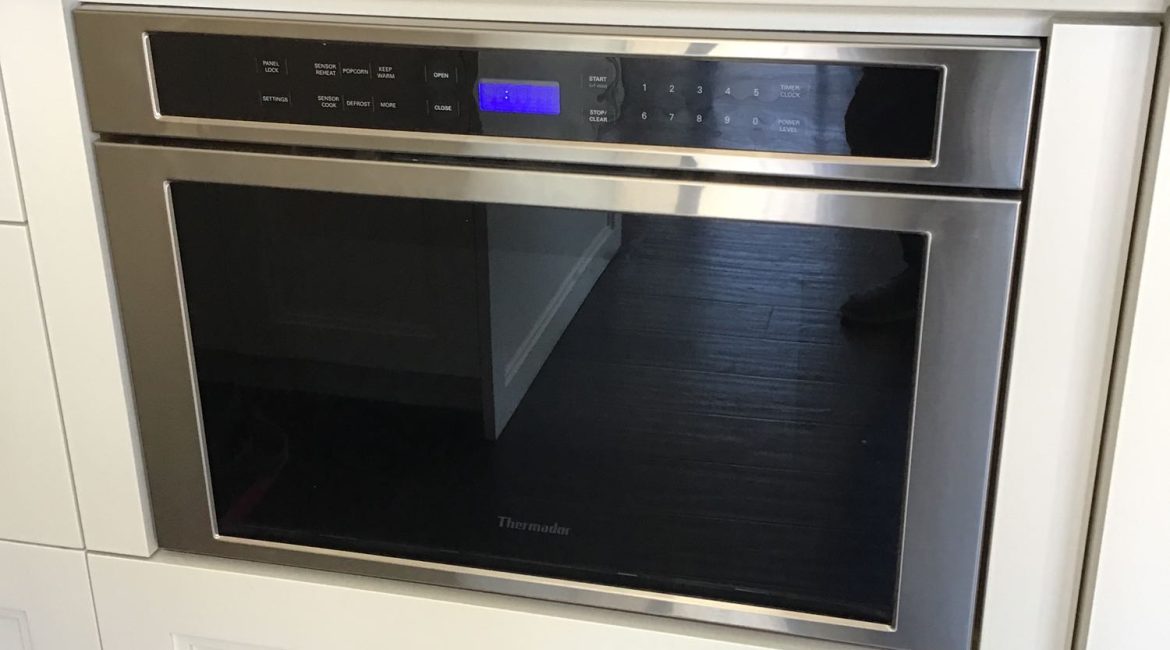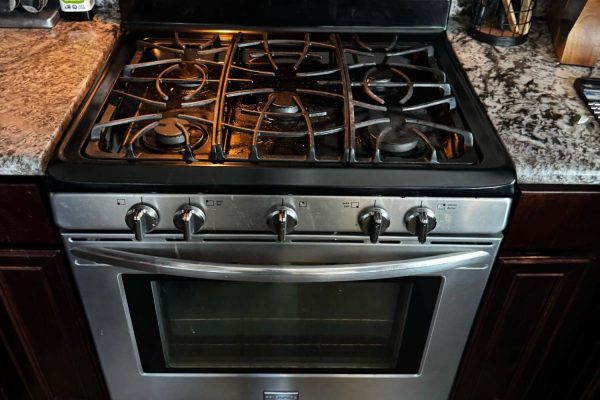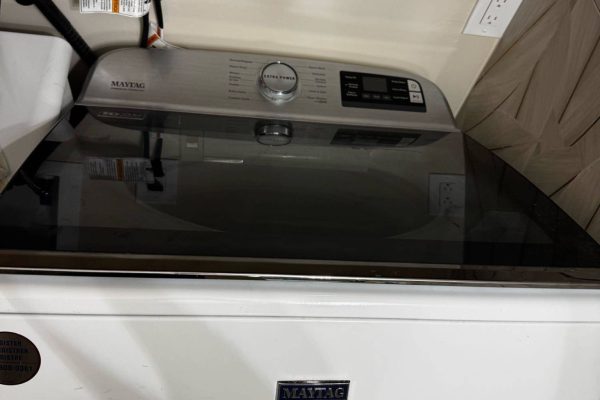An oven that fails to reach the desired temperature can be incredibly frustrating, especially when you’re trying to cook or bake something that requires precise heat. Whether you’re making a family meal or baking for a special occasion, temperature inconsistencies can lead to undercooked dishes, uneven baking, or extended cooking times. If your oven isn’t reaching the set temperature, two of the most common causes are a faulty thermostat or a malfunctioning heating element. Identifying the source of the problem is the first step toward an effective repair.
Understanding the Role of the Thermostat
The thermostat in your oven plays a vital role in temperature regulation. It monitors the internal temperature and signals the heating elements to turn on or off to maintain the set level. If the thermostat is faulty, it may send incorrect information to the control board, causing the oven to heat too little or not at all. This can lead to the oven shutting off prematurely or failing to maintain the proper heat level.
Some signs that your thermostat may be the issue include:
- The oven heats up but doesn’t get hot enough
- Food takes longer to cook than usual
- Uneven cooking or baking results
- The oven cycles on and off erratically
Thermostats can wear out over time due to constant exposure to high temperatures. A miscalibrated or broken thermostat will struggle to accurately measure and regulate heat. In modern ovens, a thermostat problem might also trigger an error code or warning light on the control panel.
Heating Element Failure: Another Common Culprit
In electric ovens, heating elements are responsible for producing heat. Most models have a bake element at the bottom and a broil element at the top. If one of these elements is damaged or burned out, the oven may struggle to reach or maintain the set temperature.
Symptoms of a failing heating element include:
- The element doesn’t glow red when the oven is on
- Food is raw on the bottom or top
- The oven takes longer than usual to preheat
- Only one part of the oven is hot
Visual inspection can sometimes help identify a faulty element. Look for blisters, cracks, or burnt spots. If the element appears damaged or doesn’t heat up, it likely needs replacement. In some cases, even if the element looks intact, it may have an internal fault preventing it from working properly.
Diagnostic and Troubleshooting Tips
Before calling in a professional, there are a few simple checks you can perform:
- Use an oven thermometer: Place a thermometer inside and compare the actual temperature to the set temperature. If there’s a significant discrepancy, you may be dealing with a thermostat or sensor issue.
- Inspect the heating elements: Turn on the oven and visually inspect both top and bottom elements. They should glow red when active.
- Reset the oven: Sometimes, a reset or calibration can resolve minor glitches. Consult your oven’s user manual for instructions.
Keep in mind that diagnosing and repairing electrical components can be dangerous without proper training. For most people, it’s safer and more efficient to hire a qualified technician.
Other Possible Causes
While the thermostat and heating elements are the usual suspects, other issues may also prevent your oven from reaching the desired temperature:
- Sensor malfunctions: The oven temperature sensor works alongside the thermostat. A damaged sensor can throw off the readings.
- Control board issues: In modern ovens, a faulty control board might misinterpret inputs or fail to send the correct signals to the heating components.
- Door seal problems: A worn or broken door seal can let heat escape, making it harder for the oven to maintain its temperature.
Each of these issues can mimic the symptoms of thermostat or heating element failure. This is why a thorough diagnostic is essential before proceeding with repairs.
Why Professional Repair Matters
Attempting DIY repairs without the right tools or experience can lead to injury or further damage. A trained technician will:
- Accurately diagnose the issue using specialized equipment
- Replace faulty parts with compatible, high-quality components
- Ensure all safety protocols are followed
- Restore your oven to full functionality quickly
At Poway Appliance Repair Service Center, our experts specialize in diagnosing and repairing all major oven brands and models. Whether it’s a malfunctioning thermostat, a broken heating element, or a more complex electronic issue, we’re here to help.
Don’t Let a Faulty Oven Disrupt Your Routine
A poorly functioning oven can throw off your entire cooking routine and affect the quality of your meals. Instead of second-guessing cooking times or temperature accuracy, reach out to professionals who can restore your appliance to optimal condition.
Contact Poway Appliance Repair Service Center today for prompt, reliable oven repair. Our team is committed to providing fast, affordable, and long-lasting solutions.
Contact us


